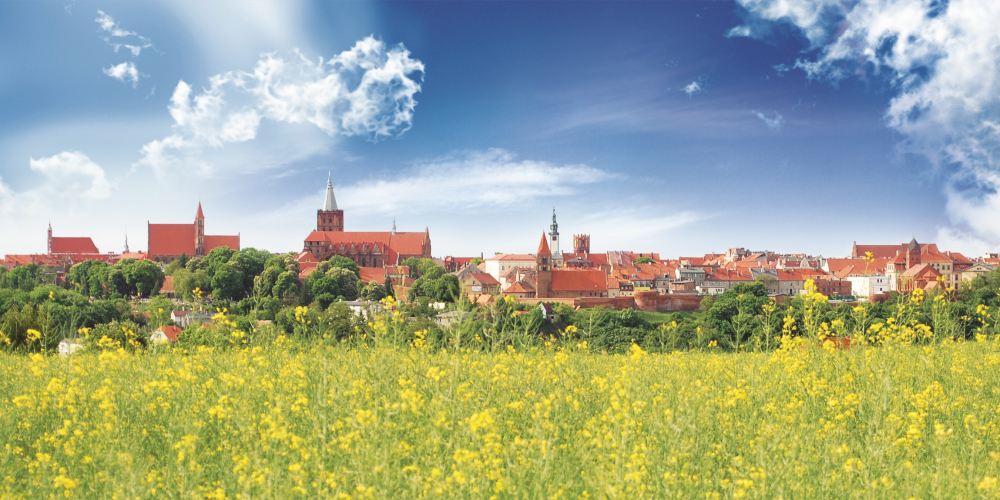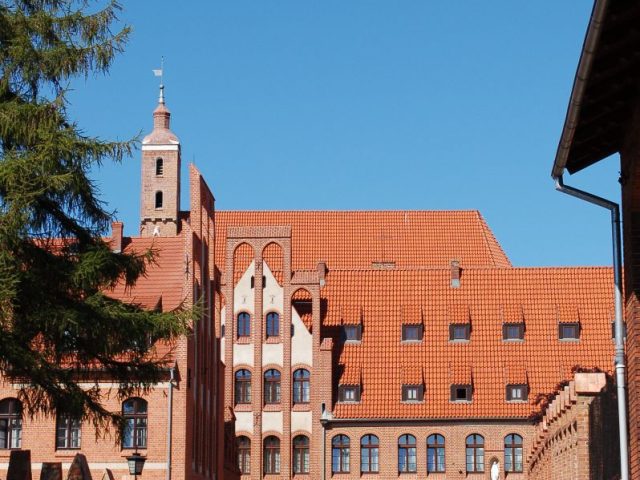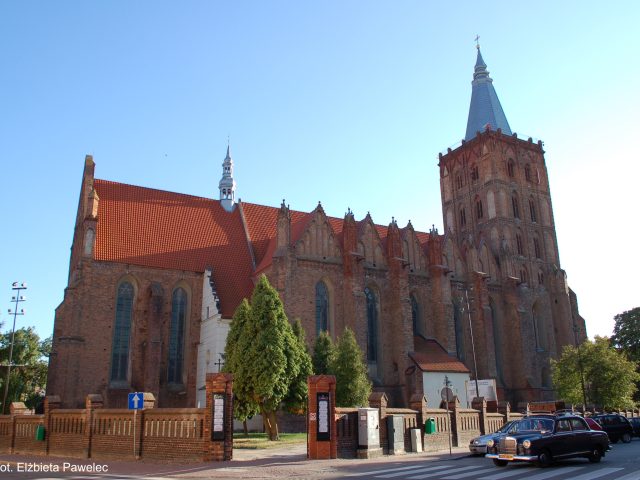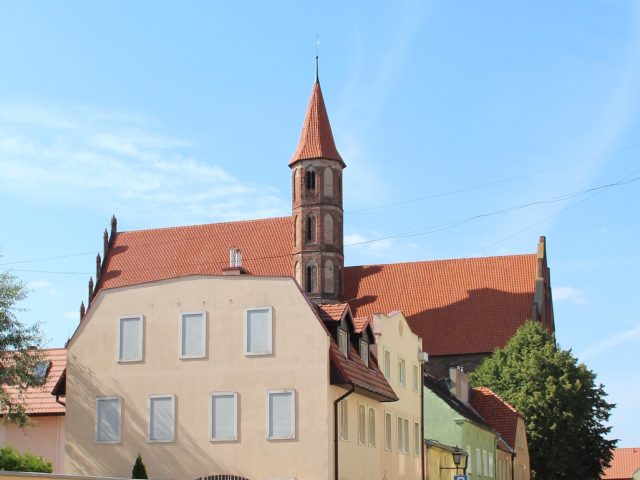Chełmno – Hanseatic City, sits picturesquely on the nine hills of th Chełmno High Plains – is the former capital of the historic Chełmno Land.
First mentioned in 1065, the origins of Chełmno date back to an early medieval settlement with craft and trading character in Kałdus on St. Lawrence’s Hill (4 km south from the present city), and the village of Starogród (7 km south from Chełmno) – the seat of the first Teutonic Commandry called Chełmno Commandry.
The Foundation Charter, the so-called “Chełmno Law” (based on the Magdeburg, Flemish and Hungarian laws) bestowed on Chełmno by the Teutonic Knights Order on 28 December 1233.
Following this example more than 225 Polish towns (including Warsaw, Gdańsk, Toruń and Wadowice) and 1364 villages and many small settlements until the 18th century were founded up the 18th century.
Chełmno pravides the visitor with a wide range of well-preserved buildings and interesting artifacts from virtually all historic periods since the Middle Ages.
Highlights include the completely preserved grid-shaped structure of the ancient town centre with its 2,270 m long medieval wall as one of the most accomplished examples of a defensive architectural anywhere in Europe; furthermore, the Gothic-Renaissance City Hall – as one of the gem of the Pomeranian Renaissance, with its medieval measure unit “Chełmno rod” of 4,35 m length; one abbey complex and the six Gothic churches dating to the 13th and 14th centuries.
A breathtaking panorama of the town, extending over the Vistula valley and dotted with soaring church towers, is a powerful symbol of Chełmno. Owing to the town’s location on nine hills, the view can be admired from all directions.
In 2005, the historic Old Town in Chełmno was given yet another facet of significance by being put on the List of Historic Monuments by the President of the Republic of Poland.
Chełmno was announced one of the New 7 Wonders of Poland by the Magazine National Geographic Traveller Poland in 2015.
From 1473 the town housed studium particulare (with Nicolas Copernicus probably among the students), later transformed into the Chełmno Academy (the branch of The Jagiellonian University in Cracow), closed in 1819.
It is worth mentioning that the first ever stomach surgery was performed here in 1880 by the world-famous surgeon Ludwik Rydygier.
Chełmno is also known as the “City of Lovers®“ and “City of Love®” – due to the fact that relic of St. Valentine have been housed in the parish church for centuries and especially on the yearly celebrations on 14th February – St. Valentine’s Day.
Text:
E.Pawelec, Urząd Miasta Chełmna










